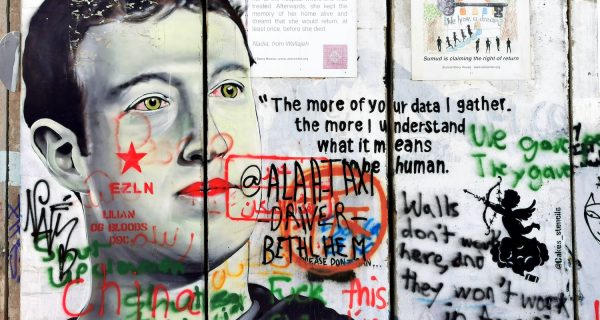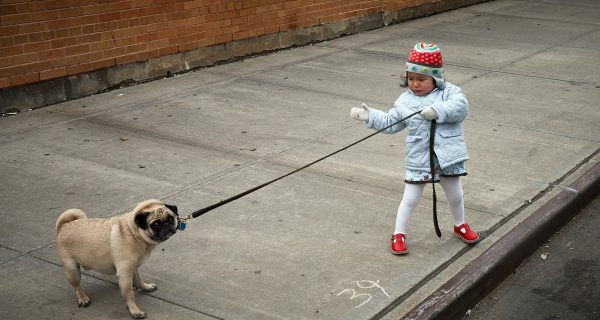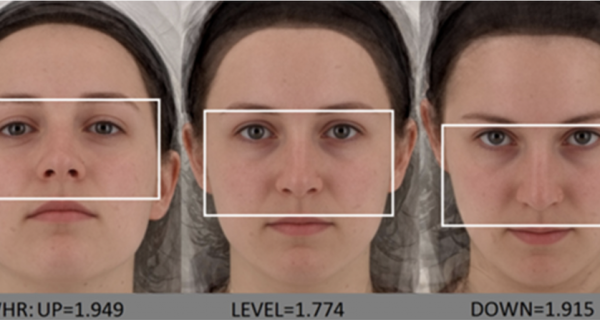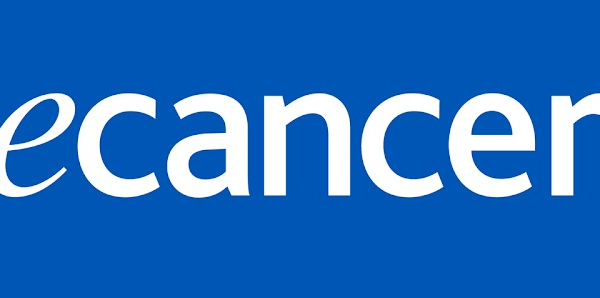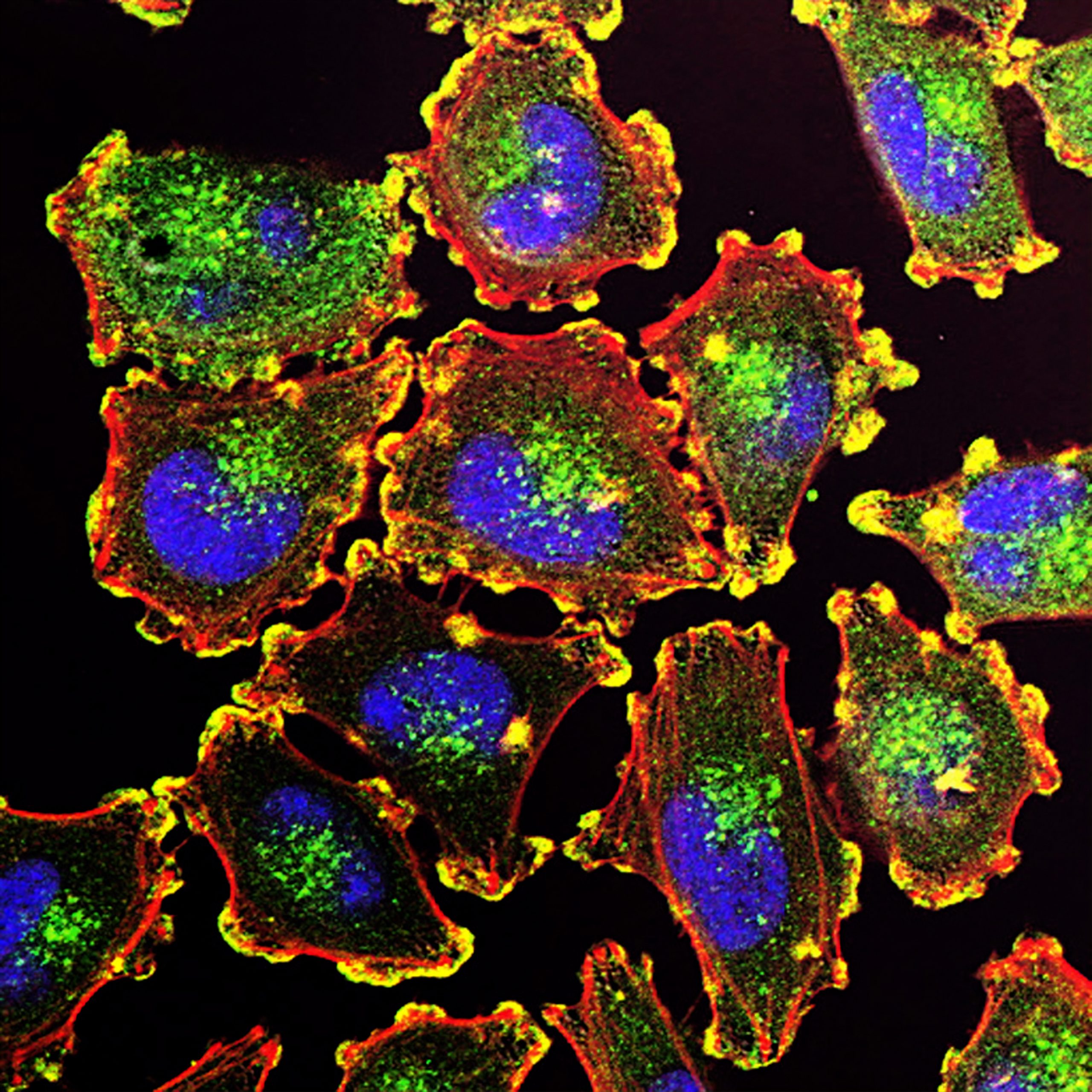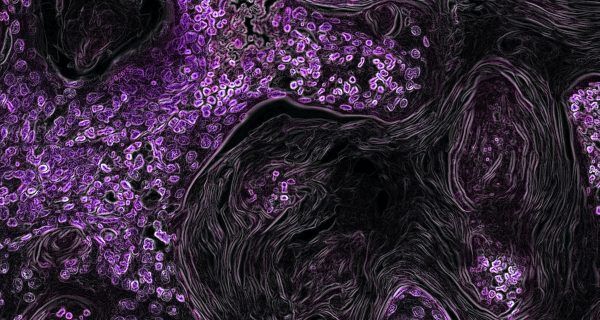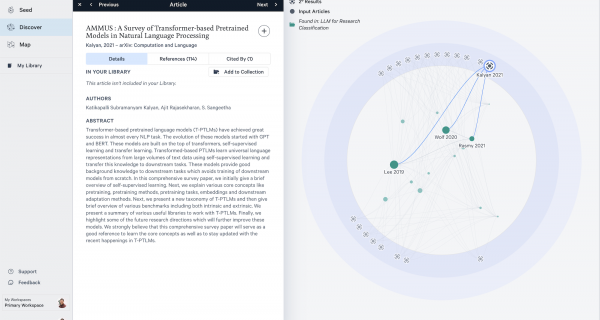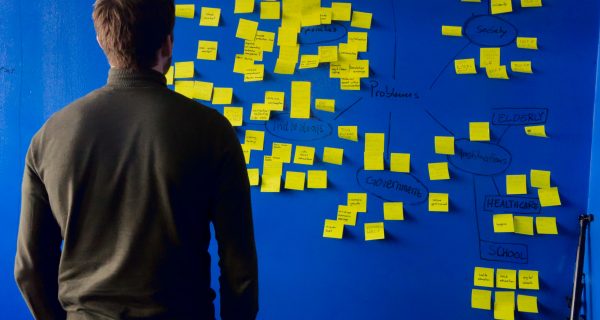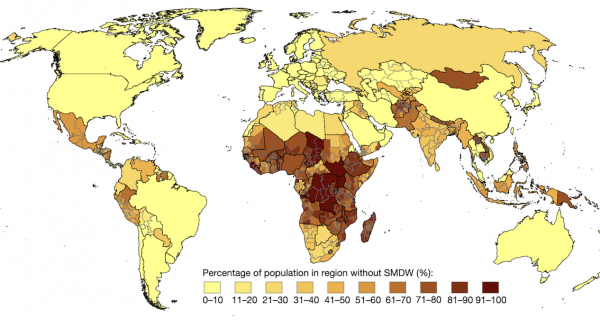Study: On Facebook, Visual Misinformation is Widespread and Highly Asymmetric Across Party Lines
Scientists collected and analyzed 14 million posts
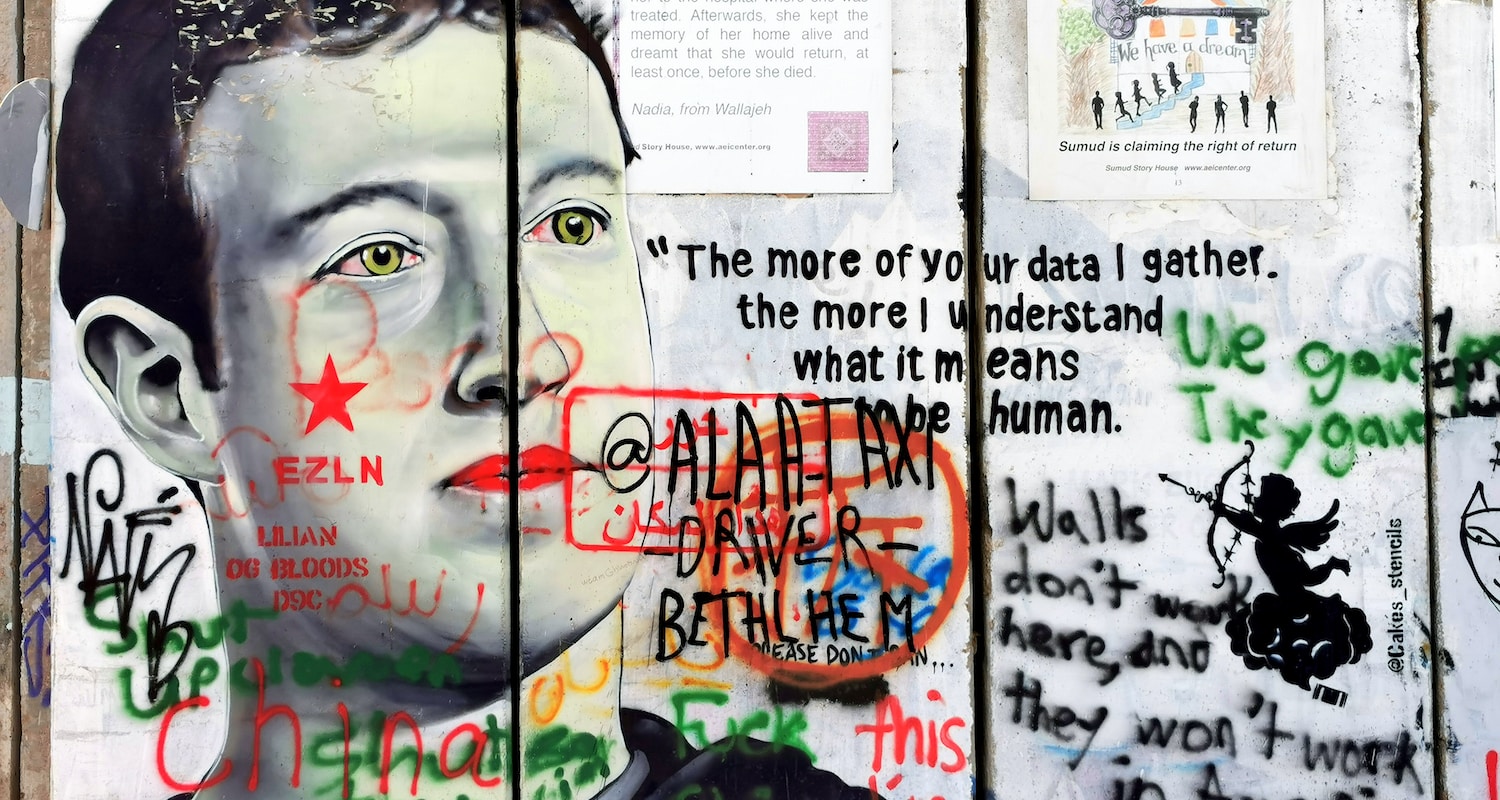
The impact of misinformation on social media has been widely recognized in recent years, especially during the election cycle. A new study titled “Visual Misinformation on Facebook” provides a detailed analysis of image-based political misinformation on the social media platform, shedding light on the nature and extent of this problem. The study is conducted by researchers from Texas A&M University’s Department of Communication & Journalism, Columbia University’s Tow Center for Digital Journalism, and the George Washington University’s Institute for Data, Democracy & Politics, and is published in the journal Journal of Communication.
The study is based on a massive dataset of posts collected from Facebook pages and groups in the runup to the 2020 US Presidential election finds that visual misinformation is widespread across the platform, and that it is highly asymmetric across party lines, with right-leaning images five to eight times more likely to be misleading.
🚨 Our study “Visual Misinformation on Facebook” w/ @yangyunkang, Trevor Davis (@uscounteraction) is out @Journal_of_Comm.
We find *huge* amounts of misinformation spread through images that has been missed by previous studies. https://t.co/bE4ILNuceG
— Matthew Hindman (@MattHindman) March 2, 2023
The study is based on an extensive analysis of Facebook posts from August through October 2020, which account for nearly all engagement of U.S. public political content on the platform. The researchers collected 13,723,654 posts from 14,532 pages and 11,454 public groups, and used perceptual hashing to identify duplicate images and computer vision to identify political figures. The study is the first large-scale analysis of image-based political misinformation on Facebook, and the results are both illuminating and concerning.
Out of 1,000 images in the sample focused on U.S. politics, 226 contained elements of misinformation, suggesting that roughly 23% of all such images contain misinformation. When it comes to the question of the partisan character of image based misinformation, 39% of right-leaning image posts contained elements of misinformation compared to only 5% of left-leaning image posts.
However, the study also found that there is little evidence to suggest that misleading images generate higher engagement. This is a positive finding, as it suggests that people are not more likely to engage with or share misleading images. This could be an indication that people are becoming more aware of the problem of misinformation on social media and are less likely to share it.
The study also highlights the fact that previous scholarship on misinformation on social media has mostly focused on links to non-credible domains, while image posts have been ignored. This study shows that image-based political misinformation is a significant problem and cannot be ignored. The researchers used computer-assisted methods to scale to millions of images, which suggests that these methods can be used to address the problem of visual political communication systematically.
The findings of this study have important implications for social media companies, policymakers, and the general public. Social media companies must do more to identify and remove misleading images, especially those related to political candidates and issues. Policymakers need to be aware of the problem of visual political communication and take action to address it. The general public needs to be more aware of the problem of misinformation on social media and take steps to verify the accuracy of information before sharing it.
In conclusion, the study “Visual Misinformation on Facebook” provides valuable insights into the problem of image-based political misinformation on social media. The study shows that image-based political misinformation is a significant problem on Facebook, with right-leaning images being more likely to be misleading. However, there is little evidence to suggest that misleading images generate higher engagement than non-misleading images. The study also highlights the need for more systematic study of visual political communication and the use of computer-assisted methods to address the problem.
You can see the paper here on OA.mg or follow this link to read the PDF:



